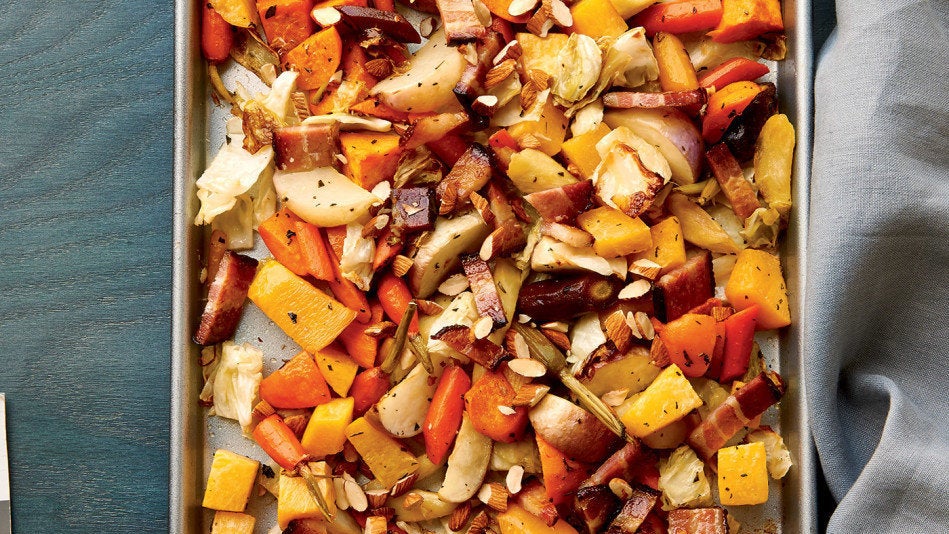You probably don't expect every meal you eat at a restaurant to contain a large number of calories. Sure, the occasional fast food cheat meal might be excessive, but your local farm-to-table place feeds you well, right?
According to new research from Tufts University, nearly all restaurant meals -- whether from a fast food joint or the luxurious confines of a Michelin-reviewed kitchen -- contain way too many calories.
The study, published in the Journal of the American Academy of Nutrition and Dietetics, measured 364 restaurant meals from both large chain and local restaurants and a variety of cuisines, finding that 92 percent of them exceed the recommended calorie requirements for a single meal.
What's more, one third of these meals exceeded the energy requirement for an entire day. And, just as a reminder, the meals didn't include typical restaurant accompaniments, like drinks, appetizers or dessert.
We need to take control of our plates.
The researchers did not go into why restaurant dishes are so caloric, but it's not hard to come up with a guess: sugar, fat and salt make things taste better. A chef's priority is to make food enjoyable, so they use more of the stuff that also makes food more caloric.
What's more, portion sizes all but guarantee overeating. In a 2015 study from Cornell's Food and Brand Lab, researchers did not find any correlation between the consumption of junk foods and being overweight. Instead, it is the size of the meals that most contributed to America's obesity epidemic.
This isn't a jab at the artful work that restaurant staffers do. It's a reminded to eat more food at home, and to be mindful of the portion on your plate. You might consider boxing up half of a meal to have for lunch the following day, rather than scarfing it all down on a full stomach to make the most of your spent money.
"Although fast-food restaurants are often the easiest targets for criticism because they provide information on their portion sizes and calories, small restaurants typically provide just as many calories, and sometimes more," said Susan B. Roberts, Ph.D., director of the Energy Metabolism Laboratory at the Jean Mayer USDA Human Nutrition Research Center on Aging at Tufts in a statement.
And restaurants need to change, too.
We need to take a thoughtful pause and reconsider how we consume: In 2015, Americans spent more on dining out than groceries for the first time on record.
Bf we want to continue enjoying food outside of our homes but improve our health, restaurant practices will need to change, too. Legislation that makes it possible for customers to order smaller-sized portions could be a successful start, study co-author William Masters, Ph.D., professor of food economics at the Friedman School, said in the study's press release.
“Customers could then order anything on the menu in a more appropriate size, and be able to eat out more often without weight gain.”
While you wait for restaurant meals to come in healthier sizes, you might consider making the majority of your meals at home. Besides being less caloric, studies show home-cooked meals are nutritionally healthier and socially beneficial, too.
Here's some meal inspiration to get you started:
